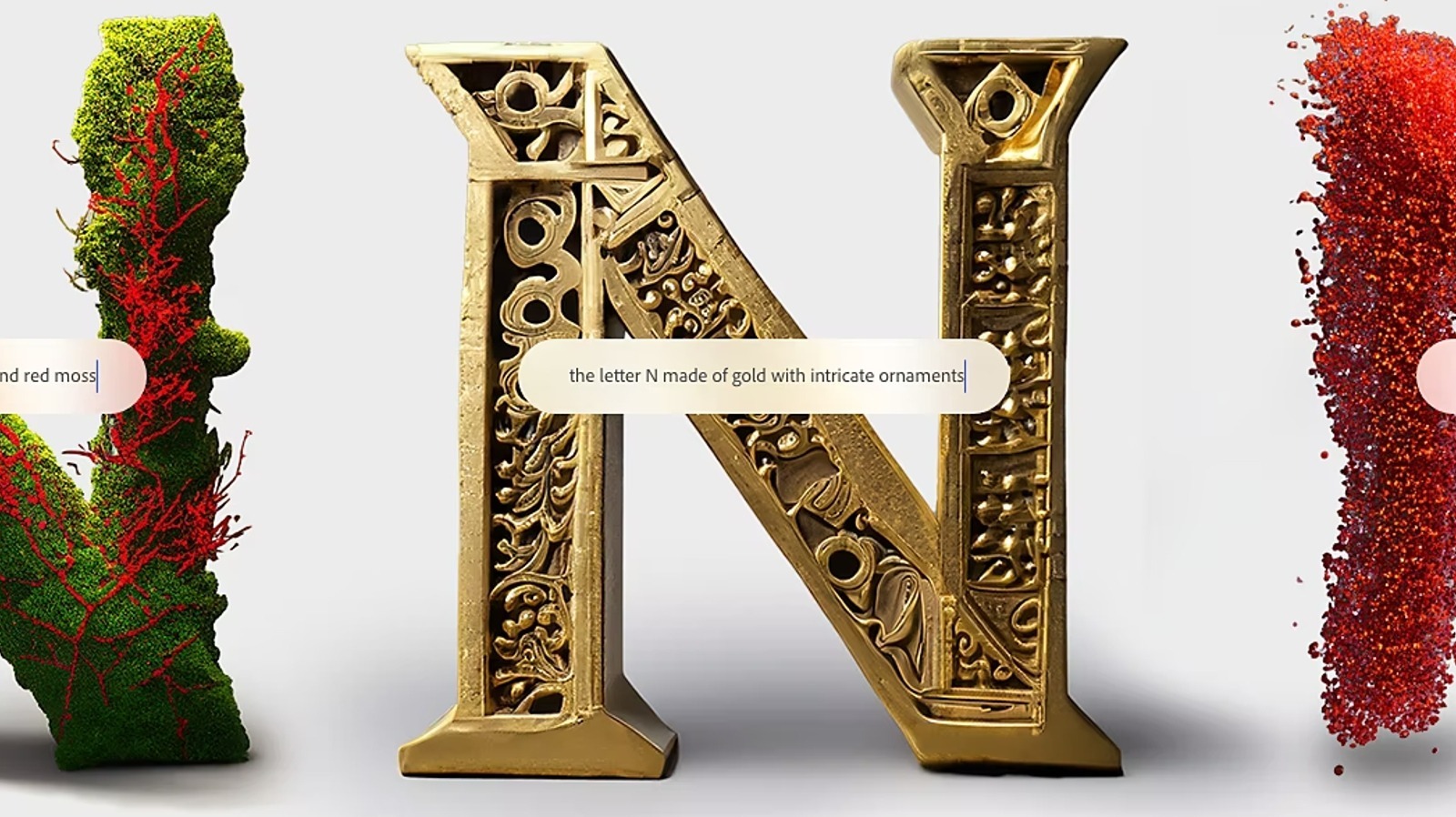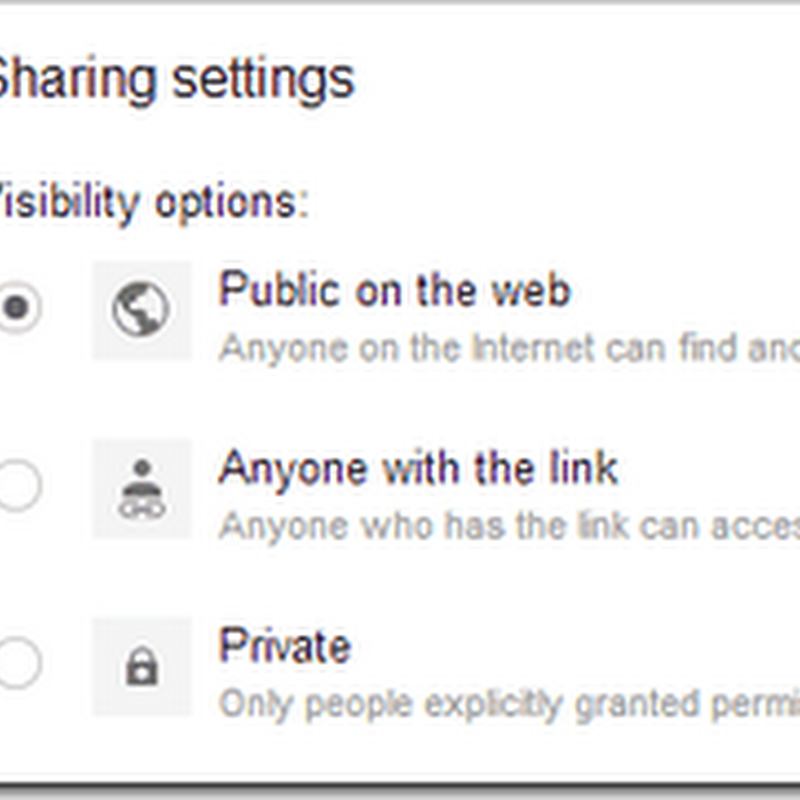Discussing the speech recognition technology will be a long and technical writing. While the engineers discussing it, let's talk a little lighter, but no less interesting.
As part of artificial intelligence, voice recognition systems require special programming and can not be done by coding each task one by one. The core of the personal assistant, like Siri, is in voice processing. If the voice has been processed correctly and accurately, the results can be forwarded to data processing machines. Related to this, Google actually has a richer source.
The process that occurs in a virtual personal assistant phones more or less like this:
1. The voice coming through the microphone of users' phone
2. The voice is processed by the speech recognition engine
3. Results forwarded to data processing machines, involving databases.
4. The results are then sent to mobile users in a certain format
5. Phone translates the results according to preferences of mobile users, whether voice or text.
I have ever tried, Vlingo, appears to perform step 2 on the server side, so that the phone needs to transmit data in voice format. For phones with slow Internet access, this does not work. Problem of network errors most often occur. Ideally, the second process occurs in the mobile phone users, so that data transfer can be made in a minimum amount over the network.
The step 2 is the advantages of Apples's Siri. Not ideal if you compare the Vlingo and Siri. Apple bought Siri with the price of 200 million dollars, not cheap for companies that do not have the vision to use it. But for of Apple, it's a good deal. It is still discussed everywhere and become selling point of Apple iPhone 4s.
Some people think that talking to phone feel weird and awkward, but naturally, it happen at the first time we use new things when another don't. When i use my first cellphone, it feel weird too when many people staring at me while talking using a big brick old cellphone.
skip to main |
skip to sidebar

 -
It isn't a secret that iPhone battery isn't last long in heavy usage. If
you are working in an office, no problem. Just plug on the charger, but how
if you...
-
It isn't a secret that iPhone battery isn't last long in heavy usage. If
you are working in an office, no problem. Just plug on the charger, but how
if you...

 -
Free software to sync play multiple videos together side-by-side in a
single grid frame on PC. Read this step-by-step guide to know more.
The post Grid P...
-
Free software to sync play multiple videos together side-by-side in a
single grid frame on PC. Read this step-by-step guide to know more.
The post Grid P...
 -
A free, small and fast FTP Server. 2021-10-29
-
A free, small and fast FTP Server. 2021-10-29


 -
To remain competitive in the travel and hospitality industry means making
the very best of web based apps and cloud technology. A crucial part of
this is ...
-
To remain competitive in the travel and hospitality industry means making
the very best of web based apps and cloud technology. A crucial part of
this is ...
 -
Do you run a fitness, travel or hospitality business? Reckon your business
management system is ready for the inevitable upsurge in bookings during
the po...
-
Do you run a fitness, travel or hospitality business? Reckon your business
management system is ready for the inevitable upsurge in bookings during
the po...



 -
Backlinks are an essential part of search engine optimization (SEO). They
play a crucial role in improving your website's ranking in search engines
like ...
-
Backlinks are an essential part of search engine optimization (SEO). They
play a crucial role in improving your website's ranking in search engines
like ...


Categories
3D
Accessories
Acer
Addon
Adobe
Amazon
Android
AntiVirus
Apple
Backstage
BlackBerry
Business
Bussiness
CCTV cam
Chrome
Codec
Concept
Debatable
Device
Drivers
Extension
Facebook
Firefox
Flash
Fujitsu
Games
Google
Hardware
HP
HTML Editor
Image Apps
Internet
iPad
iPhone
Kindle
Linux
Logitech
Mail
Mail App
Microsoft
Multimedia
Newspaper
Nokia
nVidia
Oppinion
Peripheral
Portable
Radeon
RSS Feed
Samsung
ShortNotes
Software
Strategy
Symbian
Tablet
Toshiba
Utilities
Video Apps
Windows
Windows Phone
Debate of The Day
Apple Must Create Low Price Phone Immediately
-
Apple seem have to create an entry level product with low price
immediately. It's popularity already create gab between the rich and the
poor in some count...
Next Wireless |
13 years ago
Popular Posts
-
Acer Aspire 3683NWXCi is family of acer aspire 3680 series. The difference between one another only disc space and variaty of some devices. ...
-
Apple iPad 2 got better everyday, Not because of apple, but because of 3rd party who make iPad 2 got additional abilities. For example, this...
-
Acer Aspire 5583 NWXMi has been around for some time, mean, the owner probably has lost their original CD driver, LOL. Don't worry, the ...
-
Beside good looking and excellent material that built this phone, these are some other bonus you will get if you purchase BlackBerry Torch 9...
-
It isn't a secret that iPhone battery isn't last long in heavy usage. If you are working in an office, no problem. Just plug on the ...
Fresh!
Soft
Why Bet99 is a Trusted Platform for Canadian Bettors
-
In the world of online sports betting, trust and reliability are paramount.
Canadian bettors have plenty of options, but one platform consistently
stands...
Full Version and Free Software Download & Tutorial |
2 days ago
It's Even Cheaper To Try Adobe's Firefly AI Now
-
Adobe is making its Firefly AI even more accessible via Express for those
who want to give it a try but aren't willing to pay for a subscription.
SlashGear |
1 year ago
YTD Video Downloader
-
Free YouTube Downloader downloads online videos onto your hard drive if you
want to view a video offline or convert it into a format that can be stored
on ...
100-downloads.com | Popular Downloads |
4 years ago
DataNumen Excel Repair 2.8
-
DataNumen Excel Repair is a powerful tool to repair corrupt Excel xls and
xlsx files. It can scan the corrupt Excel files and recover your data in
them as ...
New Freeware Software |
5 years ago
Bring Data To Life With Microsoft Power BI
-
Microsoft Power BI for Windows is a free tool that helps gather and
present your business data in an easy-to-read graphical format. Rather than
having to ...
Windows.AppStorm |
9 years ago
How to Host CSS - JavaScript - HTML Files on Google Drive
-
Google launched Drive letting people to upload there files and even create
one online and share with people like doing online business. So they
started Dri...
Artisteer Tutorials, Tips & Tricks |
11 years ago
Phone
Apple explains how iPhone 7 Home button/trackpad works, screwing capacitive
glove owners
-
I am seeing reports coming in that the new iPhone 7 Hom […]
Unwired View |
8 years ago
Regular
News
The 15 Best Xbox Games Right Now
CNET News.com |
3 hours ago
How to Install Minecraft Mods
AddictiveTips |
9 months ago
Developer
Cnet
Softpedia
Bookerei 1.7.1 (Open Source)
Softpedia - Windows - All |
8 hours ago
Stereonet3D 6.5 (Freeware)
Softpedia - Mac OS - All |
13 hours ago










Post a Comment
Drop some comments, folks. It doesn't hurt...